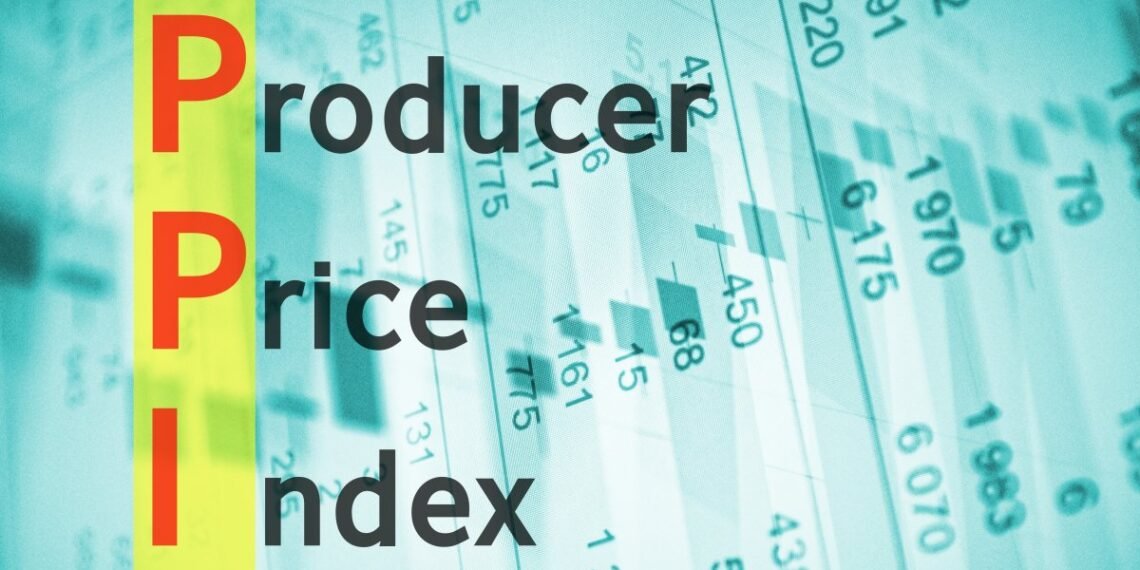Data released by the Ghana Statistical Service has disclosed that Ghana’s Producer Price Inflation (PPI) witnessed a substantial decline of 4% (400bps) to 30.3% in May 2023. The PPI decreased by -2.7% from April to May when compared month to month.
In order to shed light on the respective inflation rates, the report covered the performance of several industries, such as construction, services, and industry-less construction. Additionally, it identified key industries that contributed to inflation, with some sectors experiencing rates above the national average.
Performance, Inflation Rates Of Various Sectors
The industry-less construction sector recorded a PPI of 32.5% in May 2023, a decline from the previous month’s figure of 37.1%. Similarly, the construction sector saw a decrease in inflation, dropping to 20.0% in May 2023 compared to 20.8% in April 2023.
In the services sector, the inflation rate decreased from 19.4% in April 2023 to 18.1% in May 2023.
Among the many industries, a few sectors stood out for having inflation rates exceeding the national average. The electricity and gas sector recorded the highest rate at 51.8%, followed by accommodation and food service activities at 51.0%, transportation and storage at 50.7%, mining and quarrying at 36.5%, and water supply, sewerage, and waste management at 31.7%.
The lowest inflation rate of 11.2% was recorded in the technology and communication sector in May 2023.
The industrial PPI, encompassing all sectors, stood at 32.5% in May 2023. This represents a notable decrease of 4.6 percentage points compared to the previous month’s rate of 37.1%.
The mining and quarrying sub-sector of the industrial sector fell significantly, by 8.6 percentage points, from 45.1% in April 2023 to 36.5% in May 2023. However, the manufacturing sub-sector experienced a marginal of 0.8 percentage points, reaching 25.5% in May 2023.
Manufacturing Sector Inflationary Rates
Within the manufacturing sub-sector, several industries contributed to inflation, with 14 out of 23 major groups reporting rates higher than the sector average of 25.5%.
The highest inflation rate was reported in the production of textiles at 111.9%, closely followed by the production of pharmaceuticals, medicinal chemicals, and botanical goods at 97.5%.
On the other end of the spectrum, in May 2023, the inflation rate for repairing and installing machinery and equipment was 0.0%.
The decline in PPI suggests that prices may be stabilizing across industries, providing information about the state of the broader economy. For decision-makers, companies, and investors, these inflationary trends offer useful information aiding in decision-making processes, and understanding of Ghana’s economic performance.
Read also: Provisional Real GDP in Volume Terms Increases By 4.2% in First Quarter– GSS
















